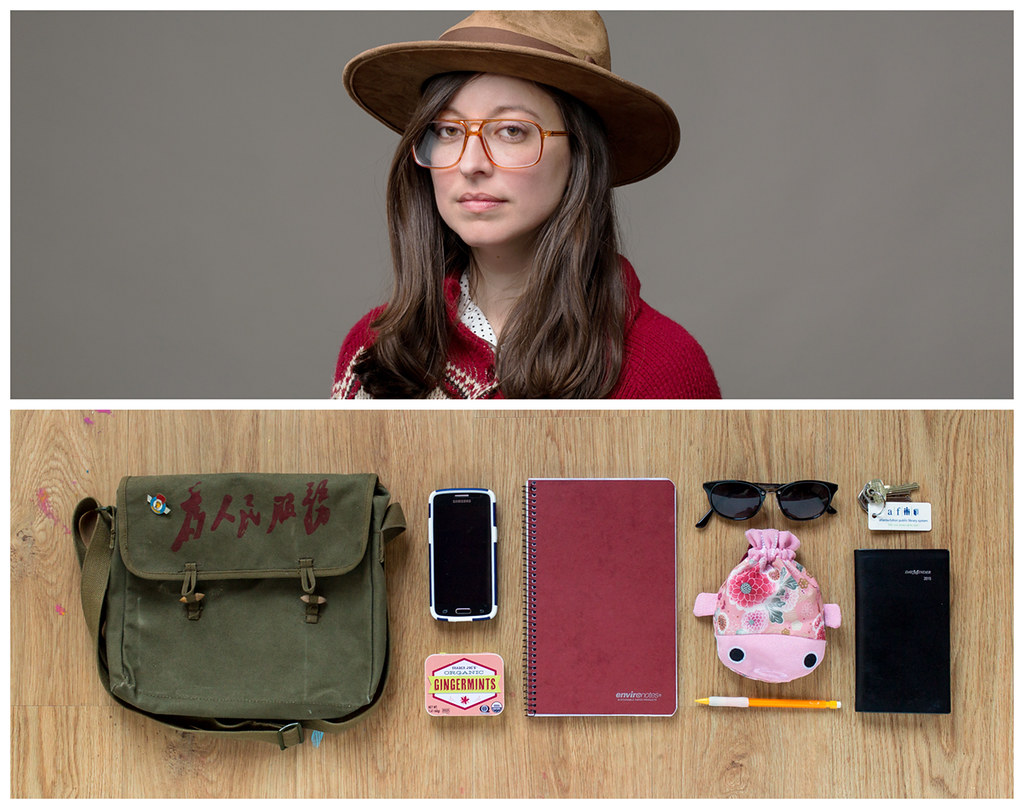Hey Louise. You are right that personas are to be grounded in data and are essentially a ‘data visualisation’. The thing about personas, that makes them more than just a chart or a diagram, is that they elicit empathy. We use photos to help trigger that empathic response. Ideally the empathy already exists, because the persona audience has been exposed to the data and has internalised it, the personas are about channelling that empathy into which insights are relevant to design.
I worked on a design project in the infectious diseases department of a hospital. Our design personas were very diverse in terms of life experiences. We needed photos to accurately convey the patient ‘type’. It a) helped with the empathy, but also b) helped to tacitly communicate to stakeholders that the designers understood the different types of patient.
Our images were very powerful. The lead clinician at first thought we had used photos of real patients (of course we hadn’t) and our photo for the persona who was a patient with a lot of challenges and anxiety was so ‘accurate’ that the clinician said ‘I can’t look at that guy, he’s too real.’
The authenticity of the photos helped to reinforce the credibility of the personas.




